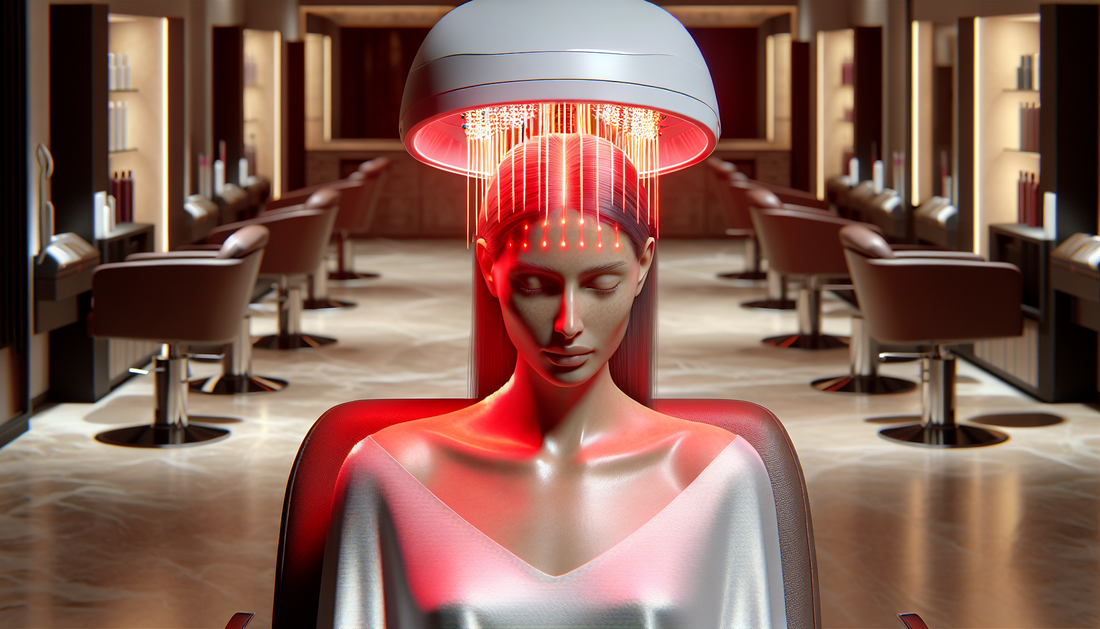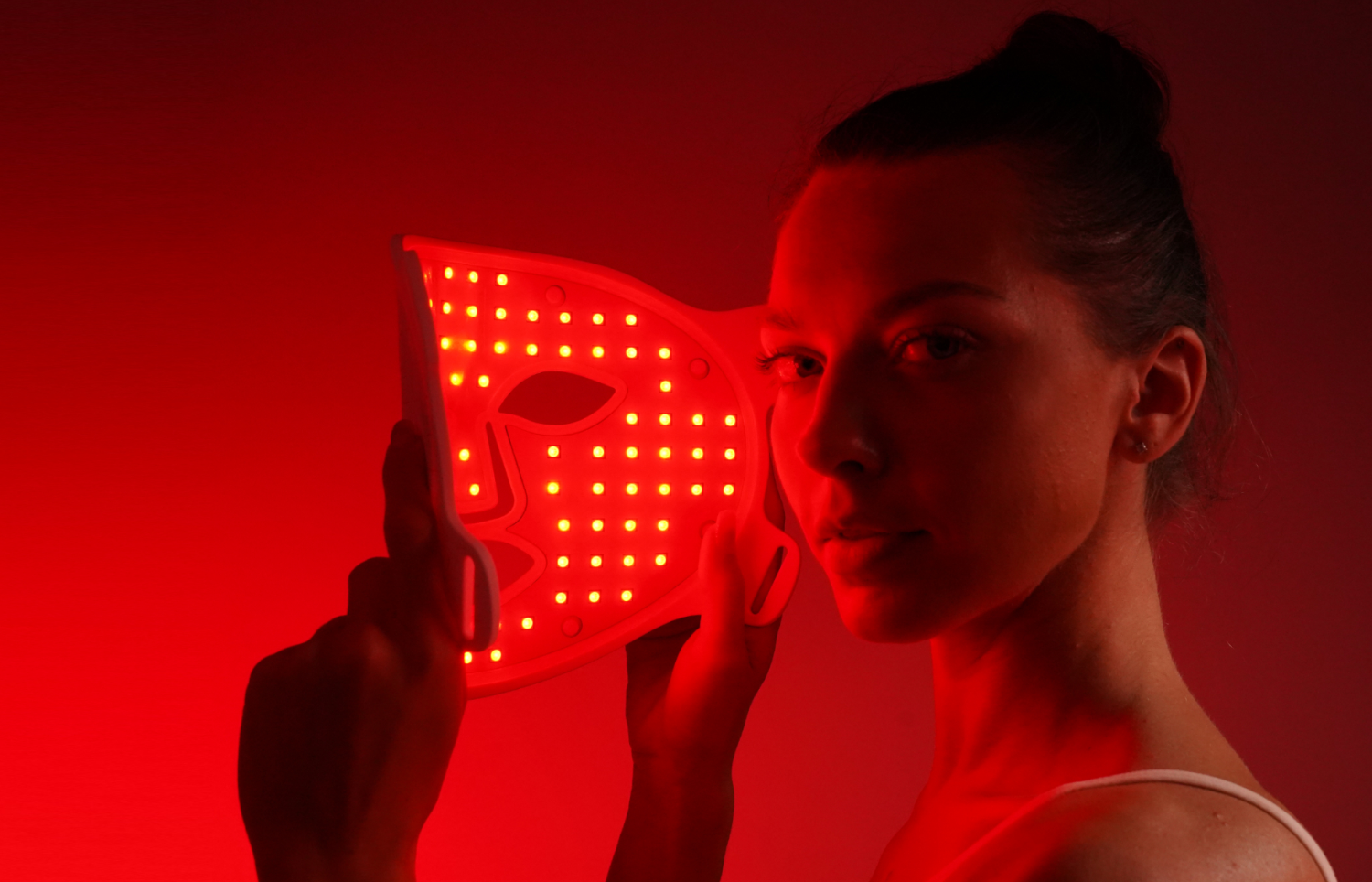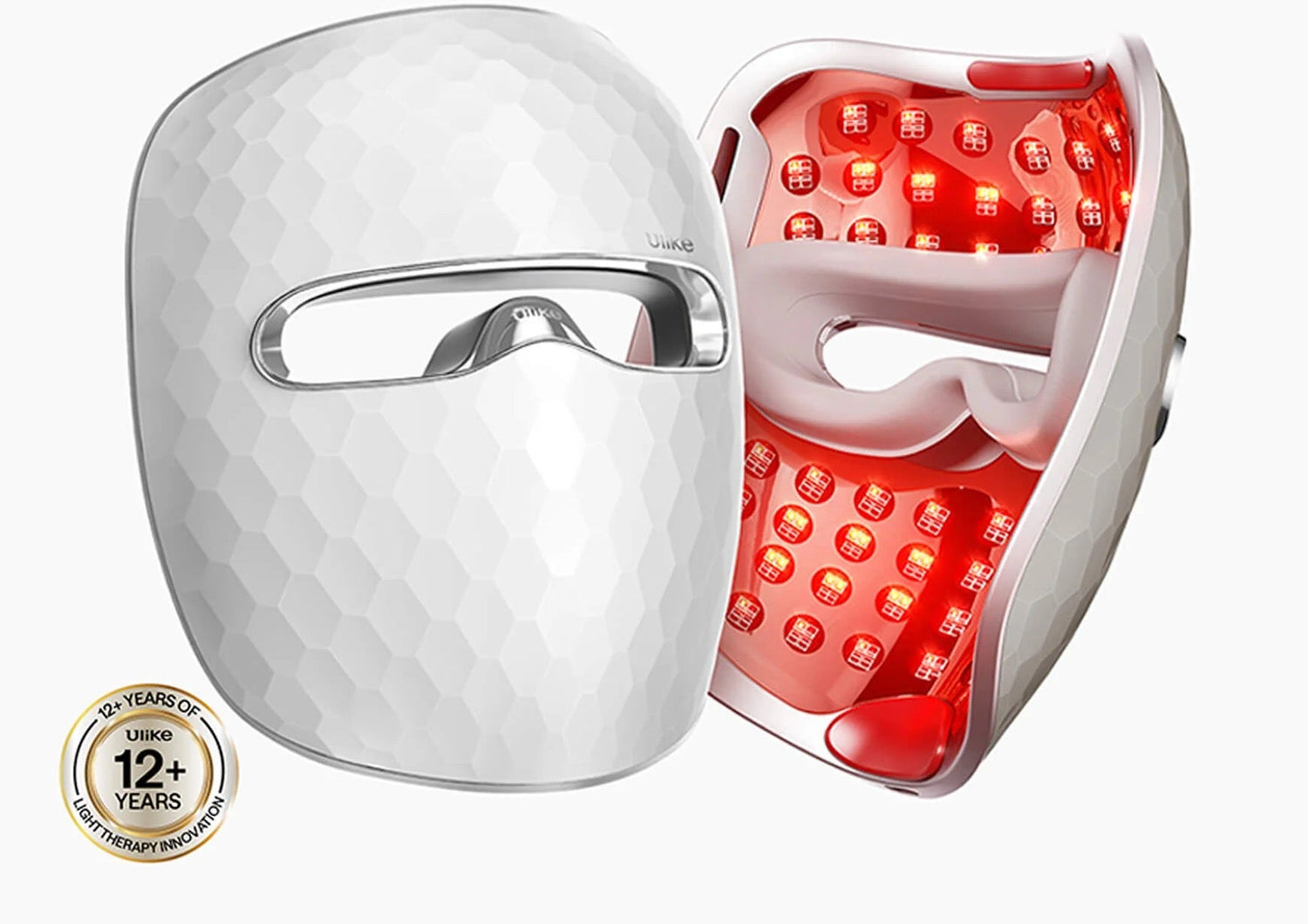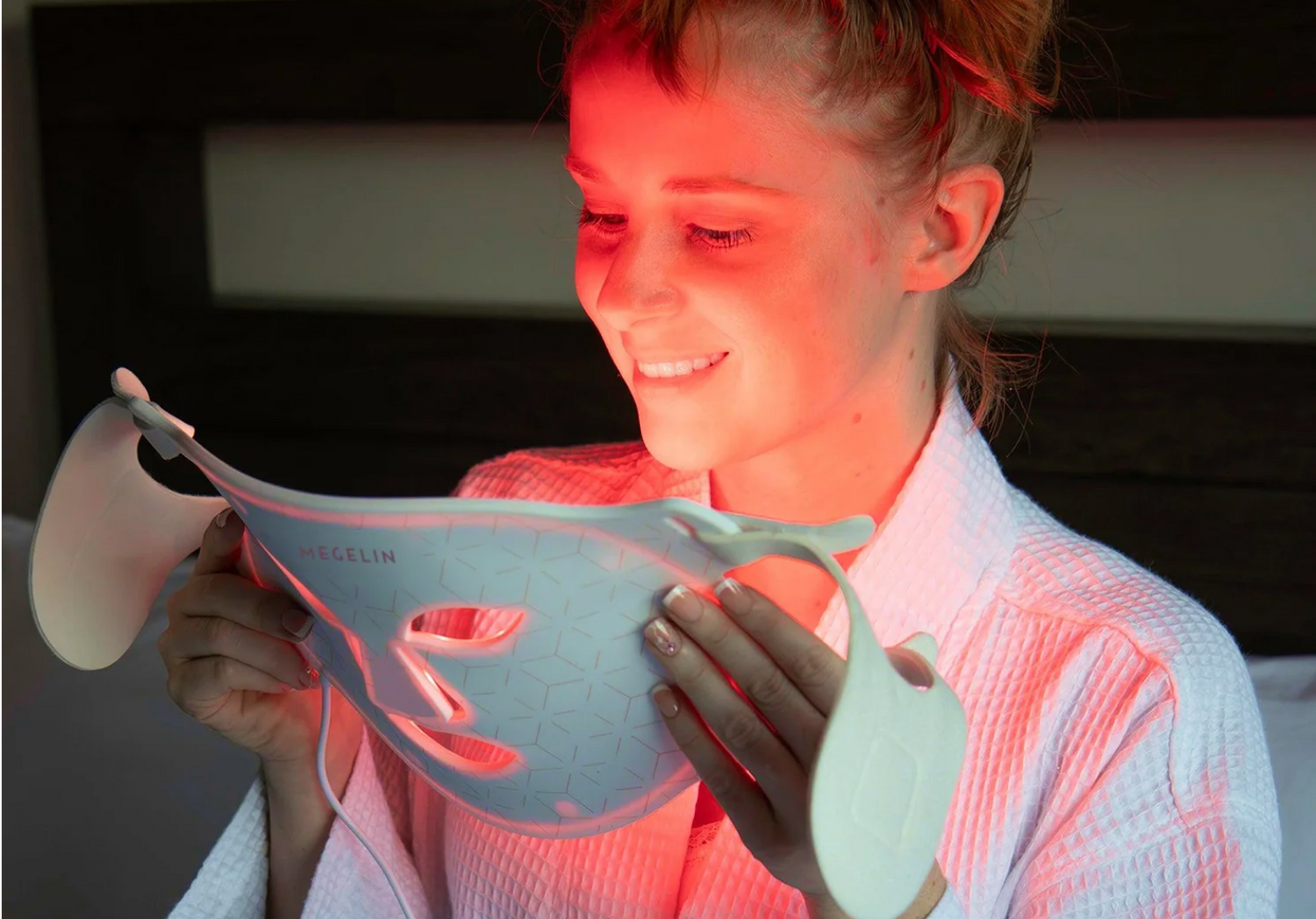
Red Light Therapy for Hair Growth: Does It Really Work?
megelinbeautyMore people are using red light therapy for hair growth as a non-invasive alternative to hair transplants. This therapy uses specific light wavelengths to stimulate hair follicles, potentially reversing hair loss. Scientific evidence shows its effectiveness, especially in the hair growth (anagen) phase, offering hope for those with male or female pattern baldness and general thinning.
The article explains how red light therapy promotes hair regrowth by boosting ATP production and extending the anagen phase while reducing shedding. It covers clinical trials, FDA approvals, optimal treatment wavelengths, and the use of LED devices. It also addresses side effects, comparisons with other hair growth methods, and advice on choosing the best home-use devices. This information helps individuals make informed decisions about their hair health.
What is Red Light Therapy?
Definition and Basics
Red Light Therapy (RLT), also known by various names such as Low-Level Laser Light Therapy, Non-Thermal LED Light, Soft Laser Therapy, and Photobiomodulation, is a treatment that employs low levels of red light to improve skin appearance and treat medical conditions [1]. It involves the use of low-level wavelengths of red light to address issues like wrinkles, psoriasis, and acne, and is also touted for its potential to treat other medical conditions [2].
How It Works
The mechanism behind Red Light Therapy is centered on its ability to act on the mitochondria, the powerhouses within cells. By enhancing the production of Adenosine Triphosphate (ATP), cells gain more energy to perform functions such as skin repair, cell growth, and rejuvenation [1]. This therapy utilizes specific wavelengths of light that penetrate the skin to stimulate collagen production, increase fibroblast production, and enhance blood circulation, all of which can lead to reduced inflammation and improved skin health [1][2].
Comparison with Other Treatments
Red Light Therapy differs from other skin treatments by its method of action and the range of conditions it can address. Unlike more invasive procedures, RLT provides a non-invasive, non-thermal treatment option that uses light-emitting diodes (LEDs) rather than lasers. This method is known for its broad application over large surface areas, allowing for a more extensive treatment zone compared to the narrow focus of laser treatments [3]. Studies have indicated that this therapy not only promotes wound healing and tissue repair but also has potential benefits in improving hair growth and treating muscle and joint pains [2][4].
How Red Light Therapy Promotes Hair Growth
Scientific Background
Red Light Therapy (RLT) employs specific wavelengths of light to stimulate cellular activity in the hair follicles. Studies have demonstrated that wavelengths around 650 nm are particularly effective in promoting hair growth by enhancing the proliferation of cells within the hair follicles and extending the anagen phase of the hair cycle, which is crucial for hair growth [5][6].
Mechanism of Action
The primary mechanism through which RLT aids in hair growth involves the stimulation of mitochondria in hair follicle cells. This stimulation enhances the production of Adenosine Triphosphate (ATP), a vital energy source for cellular processes, including those necessary for hair growth. Moreover, RLT has been shown to modulate reactive oxygen species (ROS) and induce transcription factors like nuclear factor kappa B, which are essential for cell proliferation and migration [7]. This leads to an increased duration of the anagen phase, and potentially, a delay in the transition to the catagen phase, where hair growth ceases [7][5].
Key Studies and Findings
Research indicates that 650 nm red light not only promotes the proliferation of human hair follicles but also plays a significant role in reversing the miniaturization of hair follicles seen in androgenetic alopecia (AGA). Gene expression analyses from these studies suggest that red light treatment influences several biological pathways, including those involved in cell cycle regulation and androgen receptor signaling, which are crucial for the maintenance and growth of hair follicles [5]. Additionally, clinical trials have shown that participants undergoing RLT experienced increases in hair count and density, highlighting its effectiveness as a non-invasive treatment option [8].
These findings underscore the potential of red light therapy as a promising approach for those experiencing hair thinning and loss, offering a scientific basis for its use in enhancing hair health and regrowth.
Application of Red Light Therapy for Hair Growth
In-Clinic Treatments
In-clinic red light therapy offers a professional approach to hair growth, utilizing high-grade equipment to deliver precise wavelengths directly to the scalp. Treatments usually start at around $50-$100 per session, making it a premium option for individuals seeking effective solutions under professional guidance [7][9]. These sessions involve the strategic placement of LED devices around the scalp, ensuring optimal exposure to red and near-infrared light. The clinical setting allows for a controlled environment, which can be tailored to individual needs based on the severity and pattern of hair loss.
Home-Use Devices
For those preferring the convenience of home treatment, a variety of devices are available, ranging from handheld units to full-cap systems. These devices typically combine red light and near-infrared light to stimulate hair follicles effectively at a fraction of the cost of in-clinic sessions [6][9]. It is important to select devices that provide a sufficient power output (100 to 200 mW/cm²) to ensure deep penetration of light into the scalp tissues for optimal results [10]. Regular use, as recommended by manufacturers, is crucial to achieving significant improvements in hair growth and thickness.
Step-by-Step Guide
- Preparation: Begin by ensuring the scalp is clean and free from any products that might block the light. A clean scalp allows for maximum light penetration.
- Device Setup: Set up the red light therapy device according to the manufacturer's instructions. Position the device to target areas of thinning or hair loss.
- Treatment Session: Engage the device for about 20 minutes per session. It is recommended to use the therapy consistently, preferably daily, to achieve the best results. For those using a laser cap, ensure it fits comfortably and covers all necessary areas.
- Post-Treatment Care: After each session, it is beneficial to massage the scalp gently to enhance blood flow, which supports the therapeutic effects of the light [11].
By adhering to these guidelines, individuals can maximize the effectiveness of red light therapy, whether opting for professional in-clinic treatments or utilizing home-use devices. Consistency and proper application are key to observing visible improvements in hair density and strength [7][9].
Effectiveness and Benefits
Expected Results
Red light therapy has demonstrated significant efficacy in promoting hair growth, particularly by enhancing hair density and thickness. Clinical trials have consistently shown that this treatment can increase hair count significantly. For instance, a study involving 47 women with early-stage female pattern baldness reported a 37% increase in hair growth after 60 sessions of red light therapy compared to a placebo group [12]. Similarly, another study on women with androgenetic alopecia noted a 51% increase in hair growth, surpassing results of the placebo group [1]. Men have also benefited, with a study reporting a 35% increase in hair growth after similar treatment sessions [2].
Advantages over Other Treatments
Red light therapy offers several advantages over traditional hair loss treatments. It is a non-invasive, safe option that does not involve surgery or pharmaceuticals, which often carry potential side effects. Unlike hormone-regulating drugs, red light therapy has not been associated with any negative side effects, making it a preferable choice for many [13]. Additionally, it can be used in conjunction with treatments like Minoxidil or Finasteride, often yielding better results than when these treatments are used alone [6].
Success Stories and Testimonials
Personal testimonials further underscore the benefits of red light therapy. Users report noticeable improvements in hair thickness and coverage. For example, one user observed significant hair regrowth after six months of using a laser cap combined with daily Finasteride, noting the hair growth was "really awesome" [14]. Another study highlighted the effectiveness of red light therapy in both men and women, with one trial showing improved hair coverage on one side of the scalp treated with red light compared to a sham-treated side [13]. These accounts, along with clinical data, reinforce the reliability of red light therapy as a treatment for hair loss.
Conclusion
Red light therapy is a powerful, non-invasive solution for hair loss, supported by science. It works by stimulating mitochondria and extending the hair growth (anagen) phase. This therapy is effective, whether used in clinics or at home, and clinical trials and user testimonials show it can significantly increase hair density and growth.
Reflecting on red light therapy's impact, it's clear this method is a safe and user-friendly alternative to invasive or pharmaceutical treatments, potentially changing the landscape of hair loss solutions. Further research and adoption of this therapy offer hope for those facing hair thinning and loss, making it a promising option for hair health and rejuvenation.
FAQs
1. Can red light therapy promote hair growth?
Yes, Low-level light therapy (LLLT) using red or near-infrared light is scientifically proven to treat genetic forms of hair loss, such as androgenetic alopecia. Studies have shown that red light therapy can stimulate hair regrowth, particularly in the crown area and along the hairline, which are common areas of hair loss in men.
2. What is the professional opinion of dermatologists on red light therapy?
While dermatologists do not consider red light therapy a revolutionary treatment for issues like fine lines, wrinkles, or hair loss, they acknowledge its potential benefits. The therapy is appreciated in dermatology for its safe, non-invasive nature and minimal side effects, showing promise in various treatments.
3. Is red light therapy beneficial for your head?
Red light therapy offers significant benefits for your head, particularly by enhancing brain cell functioning and energy metabolism. It improves mitochondrial function—the energy-producing hubs in your cells, which includes those in your brain, thereby boosting overall cell performance.
4. Does red or blue light help in stimulating hair growth?
Red light therapy, in particular, is beneficial for stimulating hair growth and also reducing hair fall in both men and women. The technology works by penetrating the hair at a lower temperature, which helps in preventing hair from drying out from the inside.
References
[1] - https://my.clevelandclinic.org/health/articles/22114-red-light-therapy
[2] - https://www.healthline.com/health/red-light-therapy
[3] - https://www.currentbody.com/blogs/editorial/red-light-therapy-vs-hair-growth-lasers
[4] - https://theradome.com/blogs/blog/lasers-vs-leds
[5] - https://www.ncbi.nlm.nih.gov/pmc/articles/PMC8577899/
[6] - https://wimpoleclinic.com/blog/red-light-therapy-for-hair-growth-everything-you-need-to-know/
[7] - https://www.ncbi.nlm.nih.gov/pmc/articles/PMC8906269/
[8] - https://www.healio.com/news/dermatology/20191209/blog-robust-data-support-red-led-light-therapy-for-hair-growth
[9] - https://us.boncharge.com/blogs/news/red-light-therapy-for-hair-growth
[10] - https://kozehealth.com/blogs/news/how-to-use-red-light-therapy-for-hair-growth
[11] - https://redregen.com/blogs/red-light-therapy-blog/how-to-use-red-light-therapy-for-hair-growth
[12] - https://www.everydayhealth.com/wellness/red-light-therapy/guide/
[13] - https://www.degreewellness.com/2020/01/red-light-therapy-for-hair-growth-and-baldness/
[14] - https://www.glamour.com/story/best-red-light-therapy-for-hair-growth










